Spring Visual Arts Preview
By • February 14, 2024 0 486
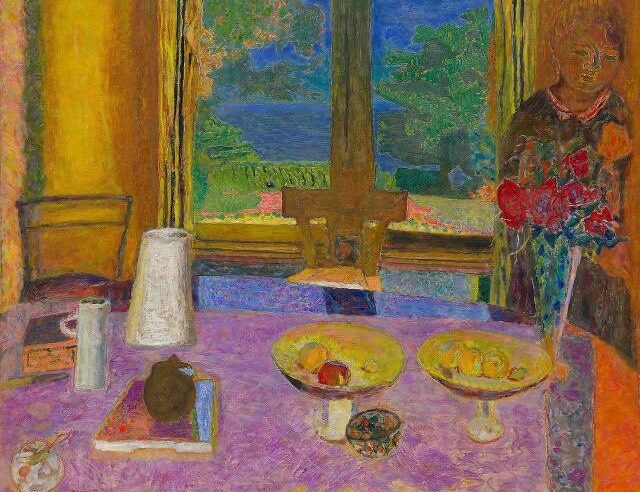
Building Stories
National Building Museum
Opened Jan. 21

Curated by children’s book historian Leonard S. Marcus, a founding trustee of the Eric Carle Museum of Picture Book Art, and featuring environments created by author-illustrators David Macaulay (“Cathedral”) and Oliver Jeffers (“What We’ll Build”), “Building Stories” is an immersive exploration of the world of architecture, engineering, construction and design found in the pages of children’s books. The first national exhibition of its kind, now on long-term view, it was created with children in grades K-3 and their parents and caregivers in mind. Highlights include a “Building Readers” gallery, looking at how the alphabet and simple shapes form the basis of storytelling and design, and “Your Home, My Home,” a theater experience in which visitors “enter” beloved stories to reflect on the meaning of “home.”
Marjorie Merriweather Post’s Paris
Hillwood Estate, Museum and Gardens
Feb. 17 to June 16
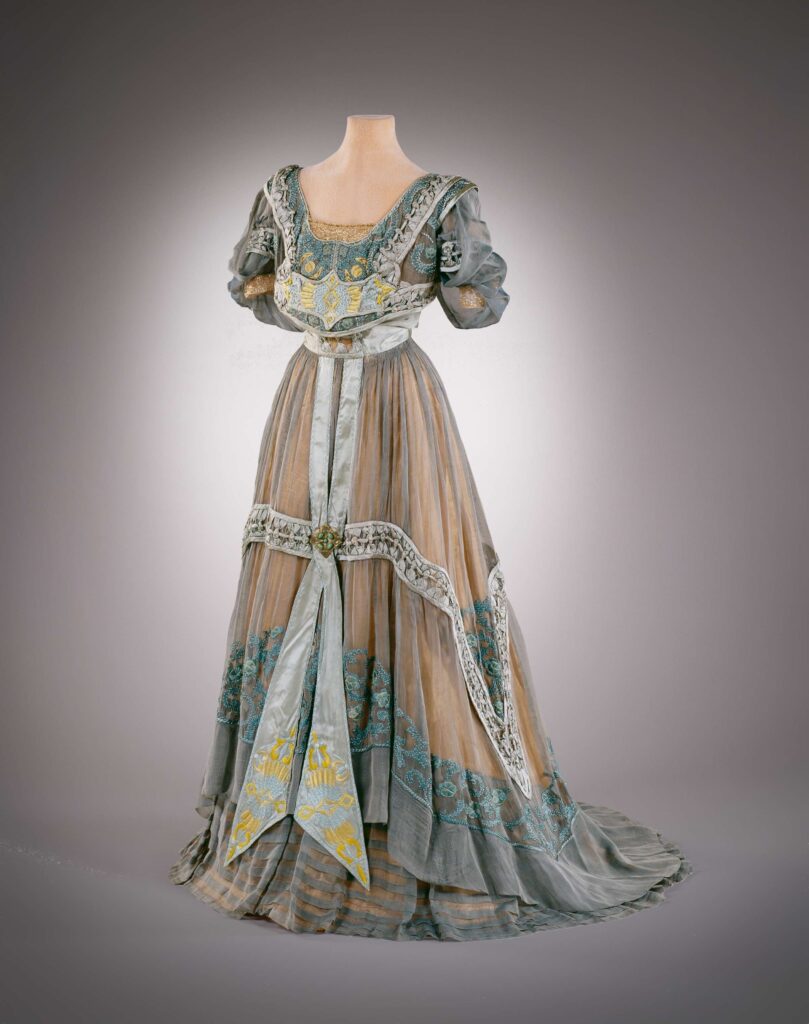
A dress displayed in “Marjorie Merriweather Post’s Paris.” Courtesy Hillwood.
Visitors to “Marjorie Merriweather Post’s Paris” will experience the City of Light through the eyes of Hillwood’s founding heiress. A dedicated Francophile, passionate about French culture, design and artistry, Post first visited Paris at age 13 to attend the Exposition Universelle of 1900 with her parents, returning in 1904 with her father, breakfast cereal entrepreneur C. W. Post. Over many trips to France as an adult via luxury liner, staying in the Ritz, the Claridge and the Raphael, she became an important client of Louis Vuitton, ordering almost 40 trunks, and of the leading French fashion designers, jewelers, art and antiques dealers and makers of luxuries for the home. Nearly 60 objects from Hillwood’s collection — furniture, porcelain, precious objects, tapestries and wardrobe items — are on view.
Irresistible: The Global Patterns of Ikat
The George Washington University Museum/The Textile Museum
Feb. 24 to June 1
“Irresistible” explores the ancient resist-dyeing technique of ikat, which developed independently in communities across Asia, Africa and the Americas. The exhibition displays more than 70 superlative examples created over the past thousand years in Japan, Indonesia, India, Uzbekistan, Côte d’Ivoire and Guatemala. While experiencing the bright colors and dazzling patterns of ikat, visitors will learn the sociocultural significance and symbolic meanings associated with these textiles. Various traditions of ikat production and usage are presented in separate sections, with short films providing modern case studies. In addition, works by contemporary artists and fashion designers underscore ikat’s ongoing appeal and illustrate this shared technique’s contribution to global interconnectedness.
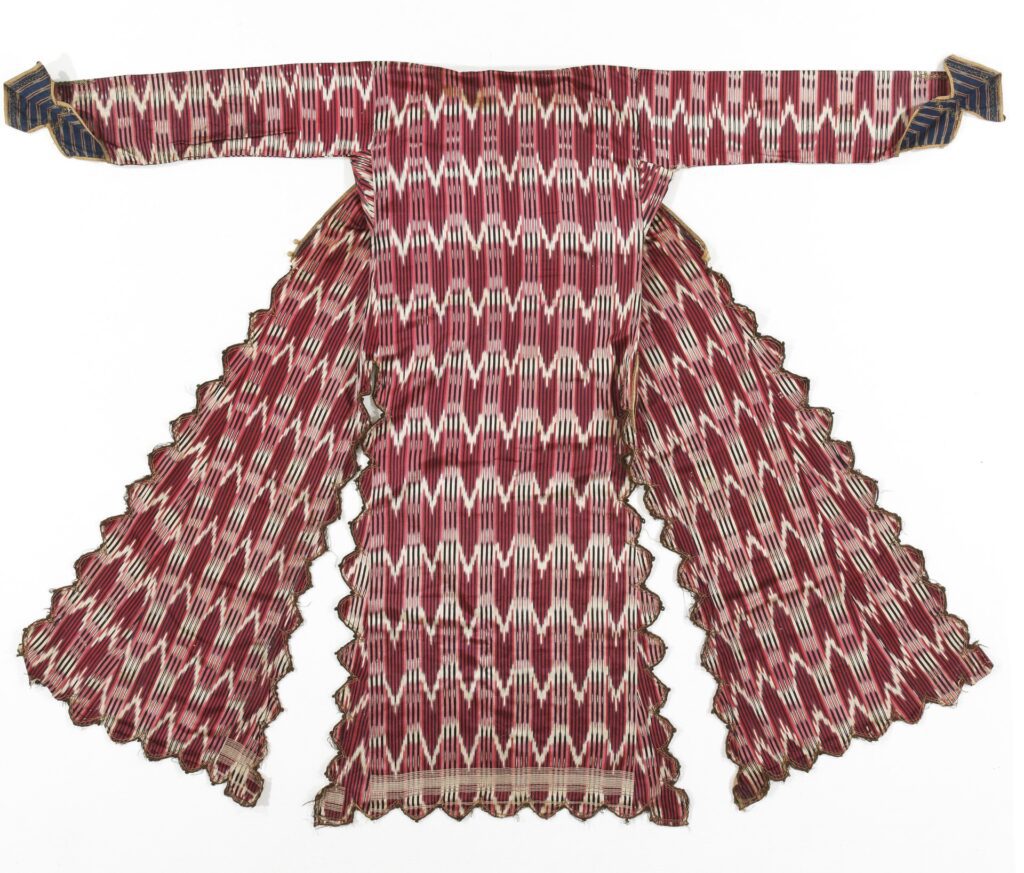
On view in “Irresistible”: a 19th-century woman’s robe from Syria. Courtesy GWU Museum/Textile Museum.
Star Power: Photographs from Hollywood’s Golden Age by George Hurrell
National Portrait Gallery
March 1 to Jan. 5

“Merle Oberon” by George Hurrell in “Star Power.” Courtesy National Portrait Gallery.
Drawing on the National Portrait Gallery’s holdings, “Star Power” features more than 20 images by Hollywood photographer George Hurrell (1904–1992), who developed a style that magnified the stars and influenced popular standards of glamour. Hired by Metro-Goldwyn-Mayer production chief Irving Thalberg in 1930 — after Thalberg’s wife, Norma Shearer, showed him Hurrell’s photographs of her — Hurrell advanced rapidly. As MGM’s in-house portraitist, he produced memorable images of film royalty, from Joan Crawford and Clark Gable to Spencer Tracy and Greta Garbo. After operating his own Sunset Boulevard studio from 1933 to 1938, he became head of photography for Warner Bros. In the late 1940s, Hurrell moved to Columbia Pictures, where his photographs helped build Rita Hayworth’s career.
Bonnard’s Worlds
The Phillips Collection
March 2 to June 2

Co-organized with Fort Worth’s Kimball Art Museum, “Bonnard’s Worlds” is the first major retrospective of the work of Post-Impressionist Pierre Bonnard (1867–1947), a founding member of Les Nabis, at the Phillips Collection in two decades. Displaying some 60 paintings, arranged by “measures of intimacy,” the show transports the visitor from the landscapes of Paris, Normandy and the South of France to the intimate interiors of Bonnard’s dwellings. Most private are the images of the artist’s bedroom and bath, often featuring his longtime partner and muse, Marthe de Méligny Bonnard, with whom he lived for nearly 50 years. “Bonnard’s Worlds” unites some of the artist’s most celebrated works from American and European museums with rarely exhibited works from private collections.
Fighters for Freedom: William H. Johnson Picturing Justice
Smithsonian American Art Museum
March 8 to Sept. 8
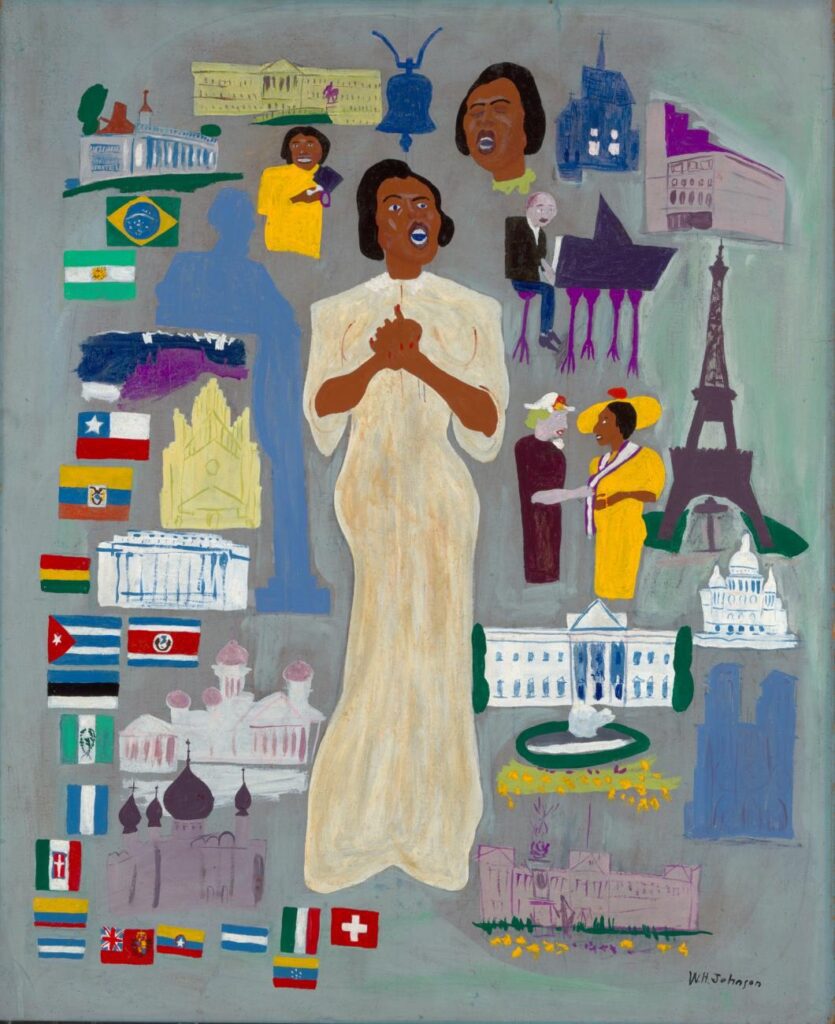
“Marian Anderson,” c. 1945. William H. Johnson. Courtesy Smithsonian American Art Museum.
“Fighters for Freedom: William H. Johnson Picturing Justice” is drawn entirely from the collection of more than 1,000 works by William H. Johnson (1901–1970) given to the Smithsonian American Art Museum by the Harmon Foundation in 1967. Born into a poor African American family in South Carolina, Johnson studied at the National Academy of Design in New York, then absorbed the lessons of modernism in the late 1920s in France, where he met his wife, Danish artist Holcha Krake. Exposure to folk art in Scandinavia and re-immersion in African American traditions while living in Greenwich Village led to his mature style. Johnson painted his “Fighters for Freedom” series in the mid-1940s as a tribute to Black activists, scientists, teachers and performers, as well as to international heads of state.
Staging the Supernatural: Ghosts and the Theater in Japanese Prints
National Museum of Asian Art
March 23 to Oct. 6

An 1861 woodblock print by Utagawa Kunisada in “Staging the Supernatural.” Courtesy National Museum of Asian Art.
Deeply embedded in Japan’s culture, ghost stories have long been a ready source for the nation’s playwrights and an inspiration for its printmakers and illustrators. “Staging the Supernatural” brings together a collection of vibrant, colorful woodblock prints and illustrated books from the 19th and early 20th century that depict the specters haunting two theatrical traditions: noh and kabuki. A poetic combination of music, dance and drama, noh — in which the performers wear masks — became the official ceremonial art of the Edo Period (1603–1868). Kabuki, born at the start of that period as an all-female dance-drama, went all-male after women performers were banned in 1629. Featuring elaborate costumes and makeup, it developed into a popular form of entertainment in Japan’s red-light districts.
Also of note …
Ancestral Spaces: People of African Descent at Tudor Place
Tudor Place
Through April 21
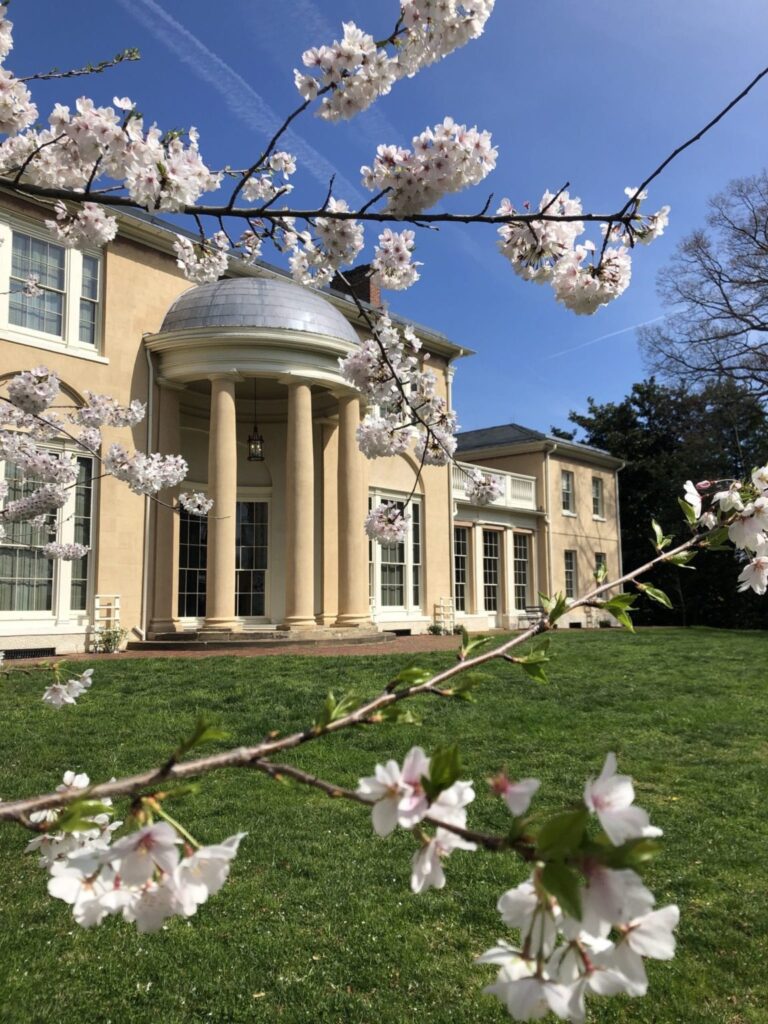
Photo courtesy Tudor Place.
Curated in collaboration with descendants, “Ancestral Spaces,” an installation and guided tour, focuses on the individuals and families of African descent who lived and worked at this National Historic Landmark in Georgetown.

Courtesy Tudor Place.
Bond in Motion
International Spy Museum
Opening March 1

Courtesy International Spy Museum.
A celebration of six decades of 007 vehicles, “Bond in Motion” features cars, motorcycles and submarines used on screen by James Bond and his allies and adversaries, alongside props, scale models and film clips.
Ending soon …
The Collaborative: Solstice
The Kreeger Museum
Through Feb. 24
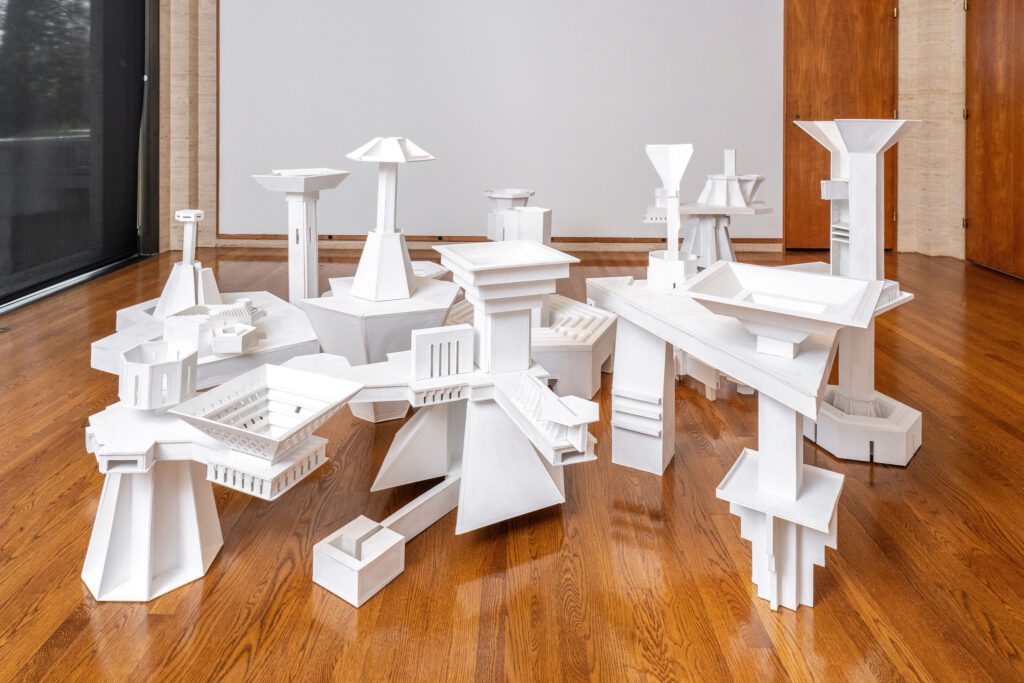
Kendall Buster, Model City (Constraint), 2016. Courtesy The Kreeger Museum.
As part of its guest-artist exhibition program The Collaborative, the Kreeger has installed “Model City (Constraint),” Kendall Buster’s 2016 sculpture of white-painted cardboard and paper, “a sprawling landscape of brute forms.”

